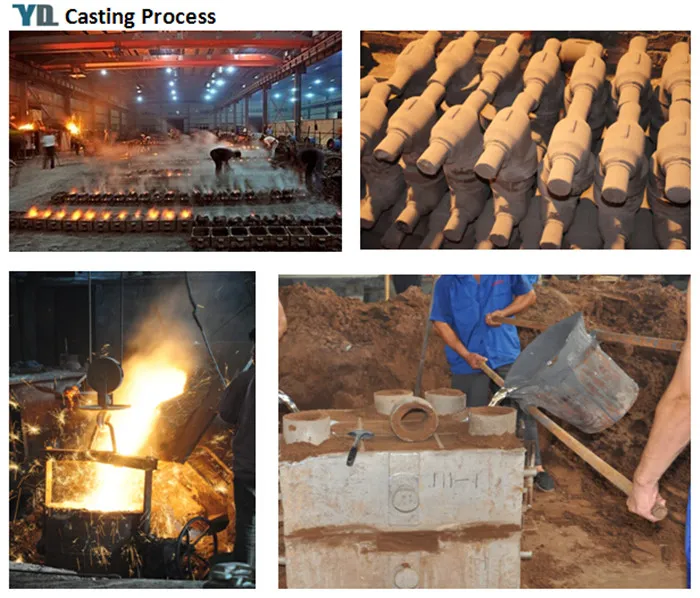Mobile:+86-311-808-126-83
Email:info@ydcastings.com
casting process
The Casting Process An Overview
The casting process is a fundamental manufacturing technique prevalent in various industries, including automotive, aerospace, and consumer goods. This method involves pouring molten material into a mold, where it solidifies into the desired shape. Casting is especially beneficial for creating intricate designs that would be challenging or impossible to achieve through traditional machining methods. In this article, we will explore the various types of casting processes, the materials used, and the advantages and disadvantages of this manufacturing technique.
There are several casting processes, each tailored for specific applications and materials. One of the most common methods is sand casting, which employs sand as the mold material. This process is ideal for producing large and complex parts, such as engine blocks and machine frames. Another popular method is investment casting, also known as lost-wax casting. This technique allows for high precision and is often used in the aerospace and jewelry industries. Die casting is another variant, which involves forcing molten metal into a mold under high pressure, resulting in precise and smooth-surfaced components.
The materials used in casting processes can vary widely, ranging from metals like aluminum, copper, and iron to non-metals like plastics and ceramics. The choice of material largely depends on the application and the required properties of the final product. For example, aluminum is favored for its lightweight nature and resistance to corrosion, making it ideal for automotive components. On the other hand, iron is often utilized for its strength and durability in heavy machinery.
casting process

One of the main advantages of the casting process is its versatility. It allows manufacturers to produce a diverse array of shapes and sizes while minimizing waste. Moreover, casting can be a cost-effective solution for mass production, as molds can be reused multiple times. Additionally, the process can accommodate complex geometries, reducing the need for additional machining and assembly operations.
However, casting also has some drawbacks. The initial cost of creating molds can be high, particularly for one-time production runs. Furthermore, there are limitations in terms of the precision and surface finish of the final product, which may require further processing. Additionally, the cooling and solidification time can add to the overall lead time for production, potentially impacting project timelines.
In conclusion, the casting process is an essential manufacturing technique that offers numerous advantages for a wide range of industries. By understanding the different methods and materials involved, manufacturers can make informed decisions that enhance productivity and product quality. As technology continues to advance, it is likely that the casting process will evolve, incorporating new materials and techniques that will further expand its capabilities and application. Whether for small-scale projects or large industrial applications, the casting process remains a vital component of modern manufacturing.
-
Understanding Metal Casting TechniquesNewsApr.02,2025
-
Understanding Exhaust Manifolds for Enhanced Engine PerformanceNewsApr.02,2025
-
The World of Metal FabricationNewsApr.02,2025
-
Key Components for Pump and Turbo EfficiencyNewsApr.02,2025
-
Essential Tools for Automotive Maintenance and RepairNewsApr.02,2025
-
Durable Valve Components for Effective Water ManagementNewsApr.02,2025











